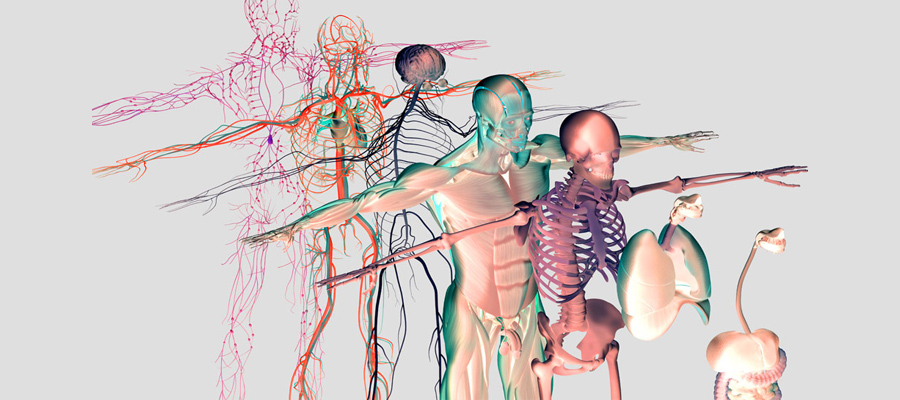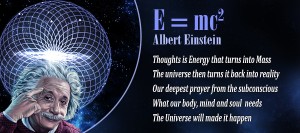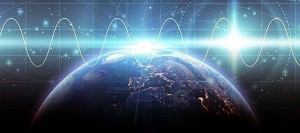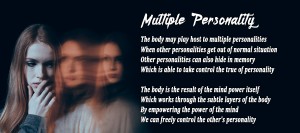Yoga techniques have the role of purifying the energetic circuits associated with several proper functions.
In accordance with the yoga tradition, science has found that the veins of the central nervous system and brain control the subtle circuits of nadis and chakras.
If through pranayama practice one succeeds in purifying and reconnecting these subtle circuits, one’s entire being will profoundly change. The efficiency of the yoga technique is based on the fact that this subtle system of nadis exists.
The body-mind complex “functions” due to three types of energy: receptive energy, Yin corresponding to Ida nadi, Yang, the active energy type, according to Pingala nadi, and “neutral” energy flowing through the Sushumna nadi.
Scientific studies have revealed the fact that the left brain normally controls logical, analytical, speech, and temporal functions, while the right side has the intuitive, sensitive, spatial and holistic side functions, which do not use linear types of knowledge, although the means of obtaining this type of knowledge remain. mystery.
Thomas Hoover, a researcher comparing recent discoveries in neurology and Japanese Zen terminology, has synthesized this relationship in a very suggestive way:
“a hemisphere that knows, does not speak, and a hemisphere that speaks does not know”.
Although the two hemispheres work in an integrated manner, their functional means have been defined according to a series of keywords: Left hemisphere (coordinated at a subtle level by Pingala nadi) and right hemisphere (coordinated at a subtle level by Ida nadi).
| The left hemisphere | The right hemisphere |
|---|---|
| Analysis | Comprehension |
| Partial | Holistic |
| Explicit | Implicit |
| Argument | Experience |
| Intellect | Intuition |
| Logic | Emotion |
| Thought | Feeling |
| Mathematics | Poetry |
| Active | Passive |
| Solar | Lunar |
| Rational | Mystic |
| Objective | Subjective |
| Aware | Subconscious |
| Optimism | Pessimism |
Neurologist Marcel Kinsbourne, director of the Department of Behavioral Neurology at the Eunice Kennedy Shriver Center of Waltham, Massachusetts, has proven that there are two types of emotional activity that are characteristic of brain function.
He found that the two parts of the brain control very different emotional states. So, the left hemisphere is primarily responsible for happiness and positive feelings, while the right hemisphere controls sadness, nostalgia, and melancholy.
However, there are abnormal states of mind, where people with unbalanced activities and do not care about their situation, or in other cases, they have a gloomy outlook on life, they are full of anger, guilt or despair.
Most people fluctuate between these two conditions, even in normal situations, but without reaching the extreme points indicated by the brain affected subject.
However, the experience alone of the aforementioned fluctuations is quite tiring if we are unbalanced and healthy.
According to one of Kinsbourne’s theories, the association of the left hemisphere with cheerful optimistic thoughts and the right hemisphere with sad, pessimistic thoughts leads us to the conclusion that these dualistic actions of the brain are structured to control Pingala nadi and Ida nadi preferences.
The left hemisphere coordinates the things we like, and first focuses on the object or situation that is causing it – this corresponds to the active pattern of Pingala nadi.
Instead, we try to avoid or get out of situations we can’t control or don’t like, situations where we have a tendency to consider the whole picture, without focusing on the unpleasant thing itself. This function is under the control of the right hemisphere and in accordance with the accepting, introverted way of looking at things, all the characteristics of Ida nadi.





